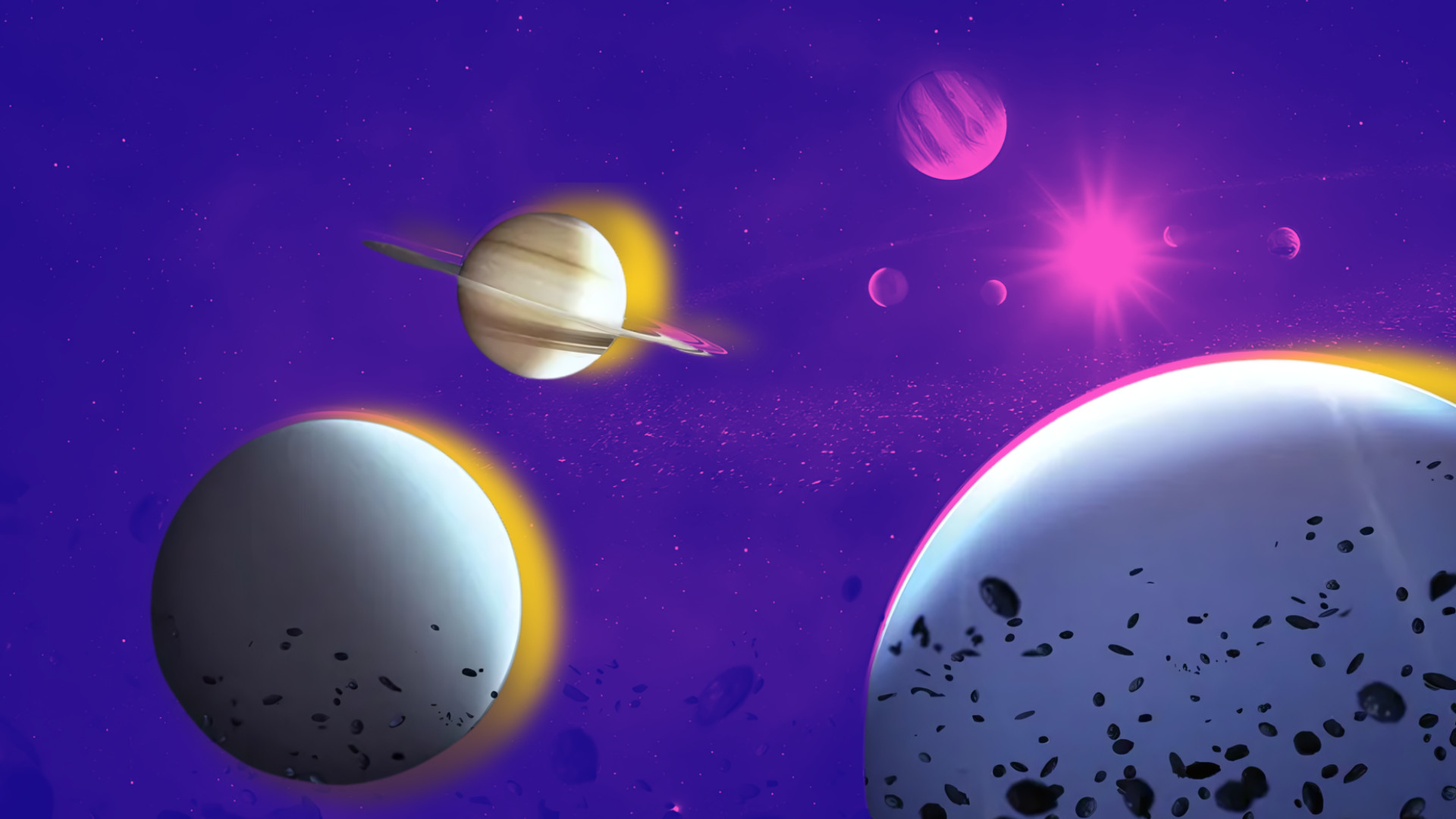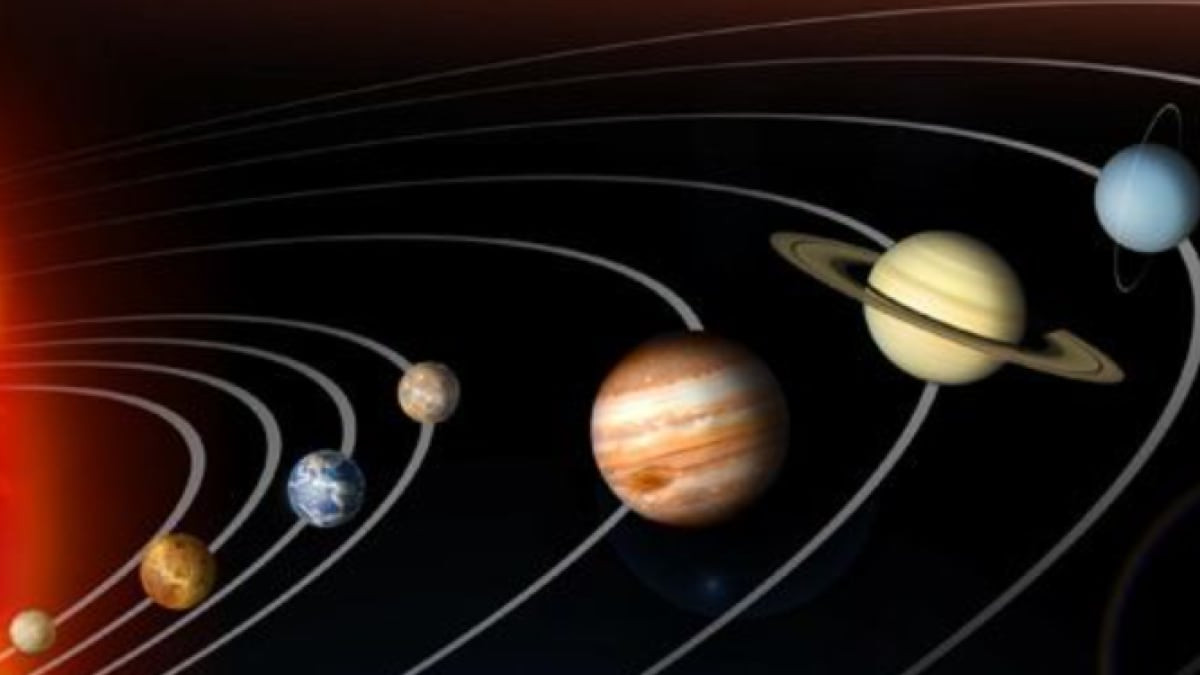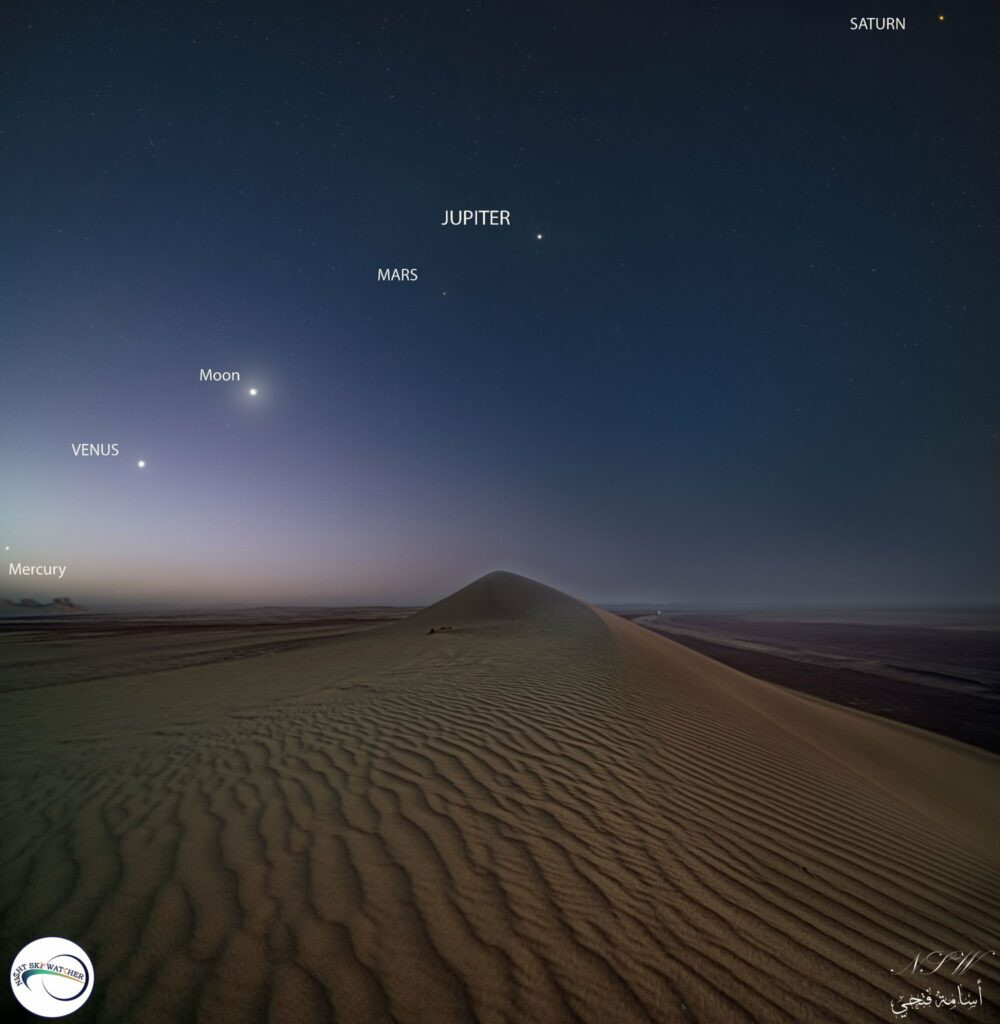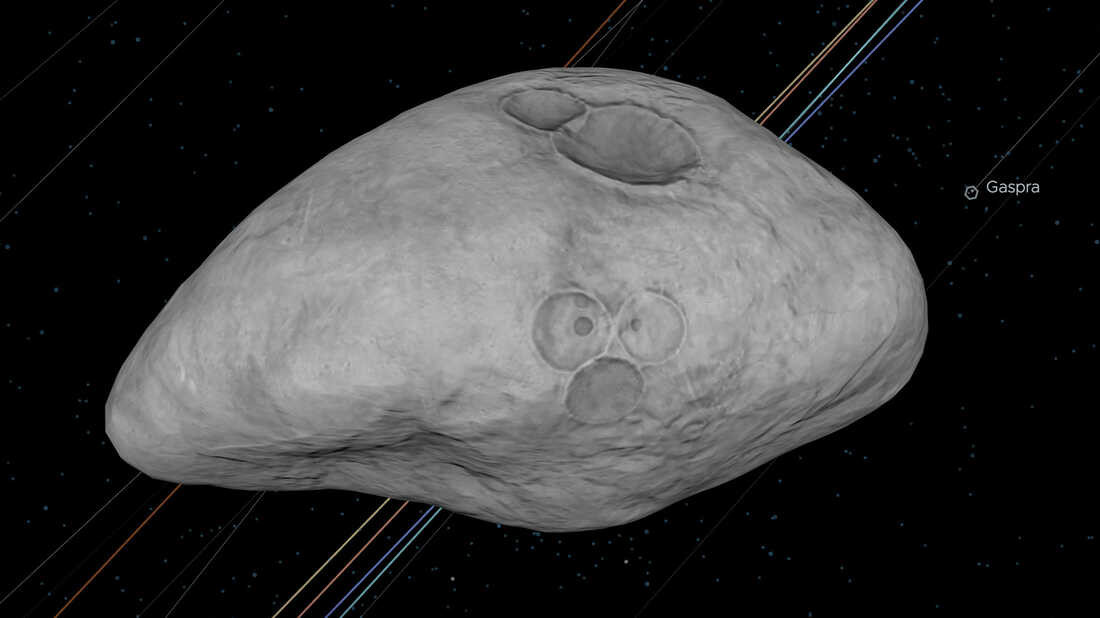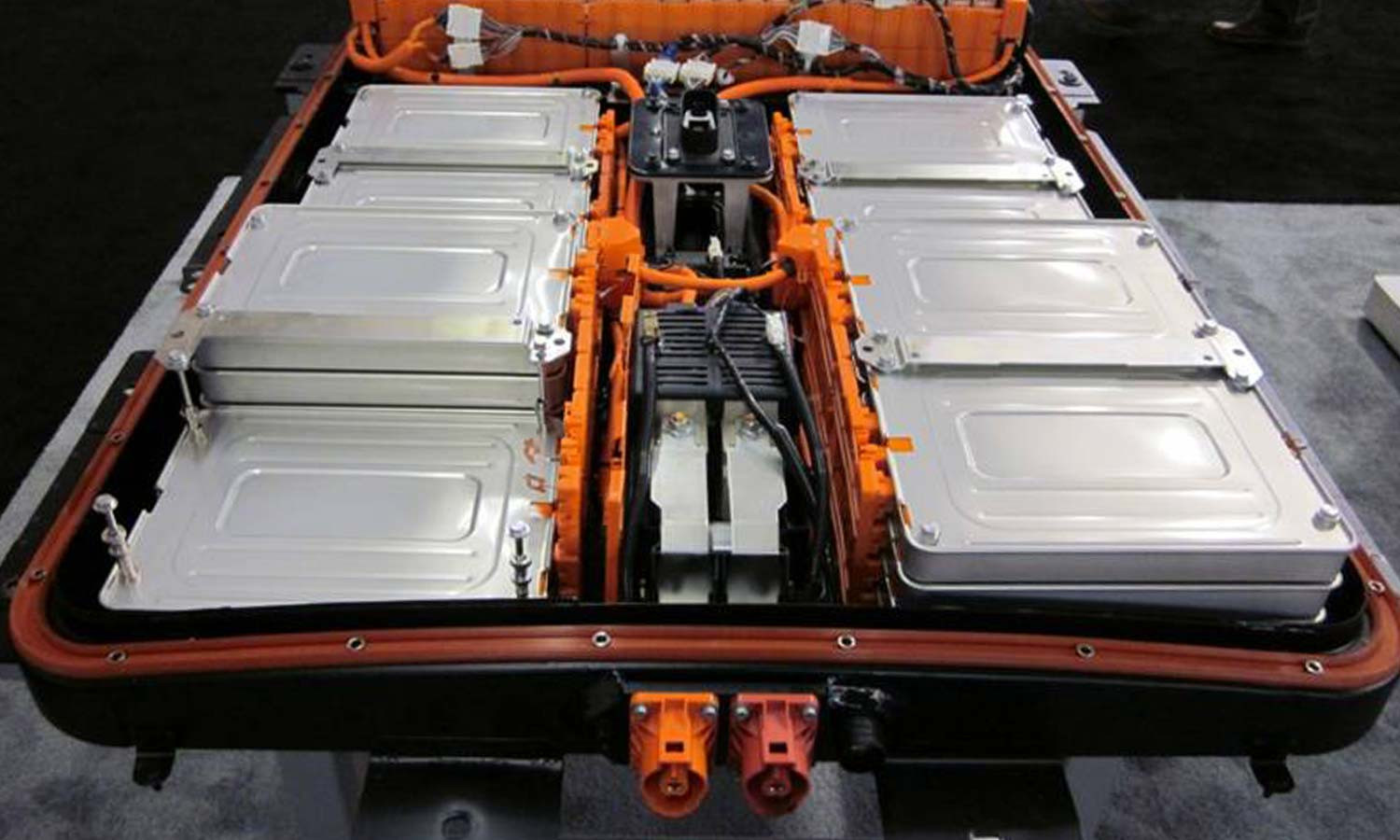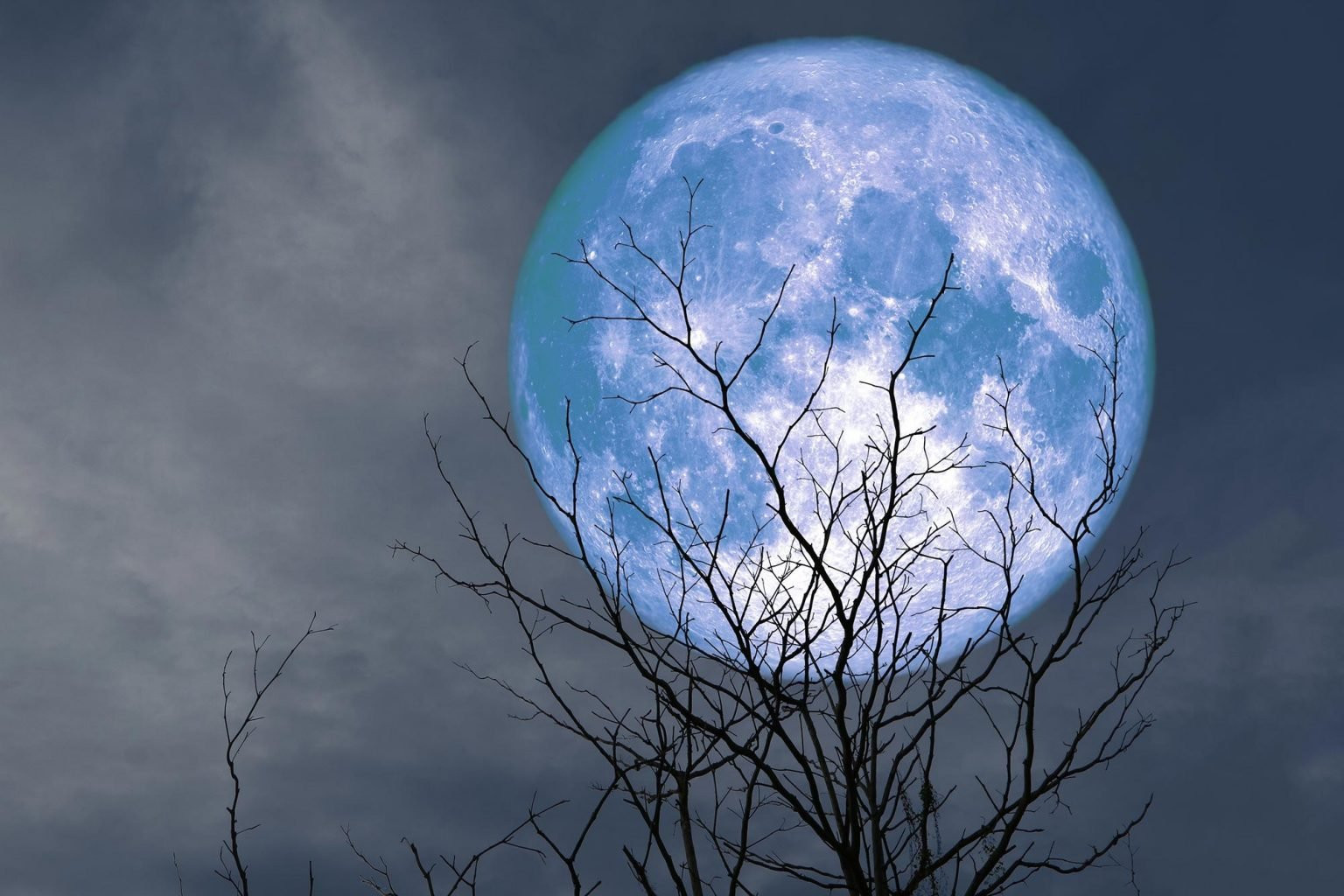Witness the Spectacular 6-Planet Parade: A Celestial Event You Won't Want to Miss!
This January 2025, skywatchers are in for a treat. A spectacular celestial event, a planetary parade involving six planets, will grace our night skies, offering a breathtaking view for those willing to look up. This rare alignment of celestial bodies promises a mesmerizing display, making it an unforgettable experience for astronomy enthusiasts and casual stargazers alike.
Planets Visible to the Naked Eye
Several planets will be easily visible to the naked eye during this planetary alignment, including bright and prominent celestial bodies like Venus, Mars, Jupiter, and Saturn. Venus, known for its dazzling brilliance, will dominate the western sky after sunset. Below Venus, Saturn will shine, though slightly fainter. Look towards the south to see Jupiter, and to the east, spot the reddish hue of Mars. These four planets will be easily visible, even from urban areas with some light pollution. Observing these four planets in one night would not be a common sight for most people, according to astronomy professor Michael Reid from the University of Toronto; emphasizing the rarity of such a celestial occurrence.
Optimal Viewing Times
The planets will be most visible shortly after sunset. Around 6 p.m. in Toronto, for example, provides an excellent window for viewing. You’ll find the best viewing experience between 6 p.m. and 7 p.m., before Saturn begins to dip below the horizon and buildings or trees obstruct the view. The planets will remain visible until roughly 8 p.m., though visibility may be affected by urban light pollution. Even in highly populated areas like Toronto, the planets will be bright enough to see, thanks to the planets’ brightness. This alignment is observable each night until early February, a remarkable longevity for a celestial event of this nature.
Planets Requiring Binoculars or Telescopes
While several planets are easily visible with the naked eye, the outer planets, Neptune and Uranus, require the aid of binoculars or a telescope to be properly observed. These planets are nestled between Saturn and Venus in the parade. Apps like Stellarium or Sky Tonight can help you pinpoint their location if you encounter difficulty, making them valuable tools for enhancing your viewing experience. Using these devices, one may even be able to appreciate subtle details such as Saturn's rings and Jupiter's moons, adding layers of wonder to the experience. The astrophysicist and science communicator Parshati Patel described the joy of witnessing such detail as "incredible, considering how far these planets are".
The Accessibility of Space
Patel also highlighted the long-standing human tradition of observing the sky and how this event connects us to the past. She remarked about her excitement of "being part of that tradition, as an astronomer." Even simple tools like binoculars can bring you face-to-face with these distant planets, bringing the immense scale of the cosmos to an immediate and tangible level. This planetary alignment allows us to feel connected to the cosmos and to thousands of years of human observation and wonder.
The Science Behind the Planetary Parade
The planets in our solar system orbit the sun at varying speeds. Venus, for example, orbits the sun every 224 days, while Earth takes 365 days and Saturn requires 29 years to complete one orbit. Neptune's orbital period is astonishingly long, taking 164 years to complete one circuit. From Earth’s perspective, these planets sometimes appear aligned in the sky; a result of this difference in orbital speeds. Venus, Saturn, Jupiter and Mars stand out prominently in this alignment, while Uranus and Neptune, although present in the alignment, are less visible without assistance.
The Ecliptic Plane
This apparent alignment isn’t a true alignment in a spatial sense. Due to the way our solar system formed, all the major planets orbit the Sun in a relatively flat disk known as the ecliptic plane. Hence, whenever multiple planets are visible, they usually appear in a line across the sky because of this plane. This is only an illusion, however, as a view of the solar system from the outside demonstrates. The planets' relative positions shift with time, making some alignments easier to observe than others.
A Continuing Celestial Show
This six-planet parade is not a fleeting event. The alignment will be visible for an extended period, starting January 21, 2025 and lasting for several weeks. The configuration will shift slightly westward each night, with Venus moving eastward and creating a wider gap between it and Saturn, eventually changing places with Neptune in the lineup. This subtle shift in planetary positions makes each night a slightly different show. By late February, Saturn will set before it's completely dark enough to see the parade, but Mercury will take its place in the lineup, resulting in a spectacular seven-planet parade by late February.
The Parade's Evolution in March
In March, the parade continues its westward drift, causing Neptune to fade from view in the evening twilight. Mercury and Venus will follow, leaving Jupiter, Mars, and Uranus as the visible celestial bodies during that time. While the planet parade continues into March, several factors may influence visibility. The shifting of positions will make observing the lineup a dynamic experience, a testament to the ever-changing nature of our celestial neighborhood.
Utilizing Resources for Optimal Viewing
To enhance your viewing experience, stargazing apps such as Star Chart or Stellarium can assist you in identifying the planets. These apps provide valuable guidance, assisting you in locating the planets in the vast night sky. These tools, alongside binoculars or a telescope, will greatly enhance your viewing experience and allow for a deeper appreciation for this celestial spectacle. Remember, even from the city, the planets' brightness should be sufficient to make them visible, however reducing light pollution as much as possible will be beneficial. This alignment is also visible from several locations, including various parts of the United States, Canada and Mexico. However, for the best viewing experience, try to locate yourself in an area with little light pollution.
Farewell to the Parade, Hello to the Future
The celestial dance of the six planets will eventually reach its end, as the planets’ relative positions continue to change. While this parade eventually ends, the cosmos continues to offer stunning spectacles. With a little planning and the right tools, skywatchers can experience this extraordinary celestial event and cherish the opportunity to observe the beauty and wonder of our solar system. The memories made under the celestial canvas of this unique planetary parade will last a lifetime. Enjoy the show!




